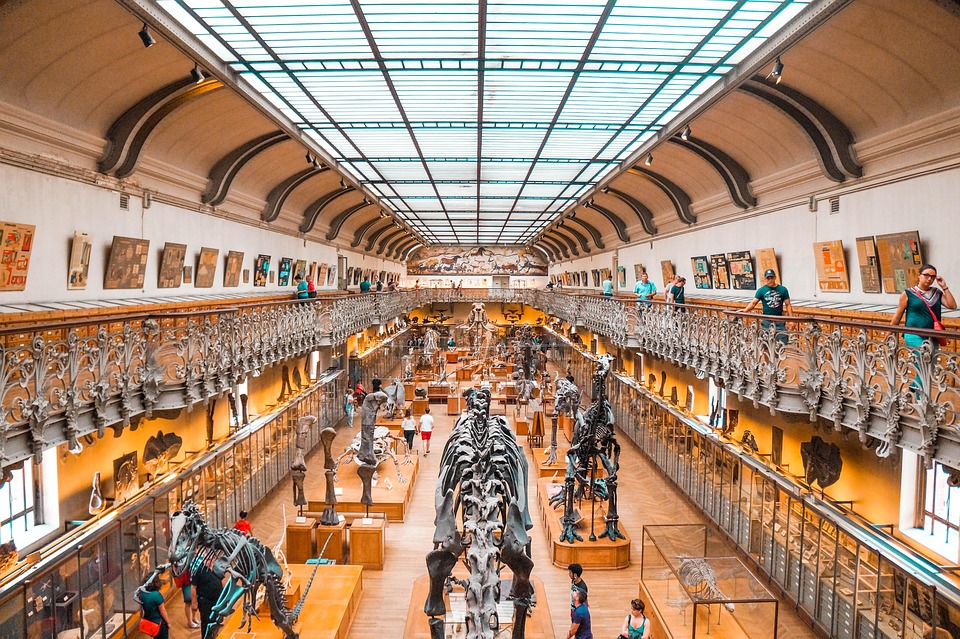A Tapestry of Cultures: The Historical Significance of Kosovo
Kosovo, a small landlocked region in the Balkan Peninsula, is a microcosm of cultural and historical convergence, characterized by its diverse heritage and tumultuous past. This rich tapestry of cultures has played a pivotal role in shaping not only the identity of Kosovo but also the broader narrative of the Balkans and Europe. Understanding Kosovo’s historical significance requires delving into its ancient roots, medieval glory, Ottoman influences, and the complexities of modern statehood, all of which contribute to its unique cultural mosaic.
Ancient Foundations
The history of Kosovo dates back to ancient times, with evidence of human habitation as far back as the Paleolithic era. Archaeological findings have revealed remnants of Thracian, Illyrian, and Roman civilizations. The Illyrians, in particular, established several tribes in the region, setting the stage for the cultural interactions that would follow. The Roman Empire’s expansion further influenced the region, facilitating trade, urbanization, and the spread of Christianity.
The town of Ulpiana, founded during the Roman era near present-day Kosovo, serves as a testament to this period, showcasing the region’s role as a crossroads of cultures and ideas. The remnants of Roman architecture, religious sites, and urban planning underscore Kosovo’s longstanding significance as a cultural hub in the Balkans.
Medieval Glory and Cultural Flourishing
The medieval period was particularly influential in shaping Kosovo’s identity. It emerged as a critical center for the Serbian Empire during the 14th century, with the legendary Battle of Kosovo in 1389 marking a significant moment in Serbian history. This battle, fought between the Serbian Prince Lazar Hrebeljanović and the Ottoman Empire, has become ingrained in Serbian folklore and national identity.
During this time, the Orthodox Church flourished, with the construction of remarkable monasteries, such as those in Gračanica and the Patriarchate of Peć, which are now UNESCO World Heritage sites. These structures, adorned with stunning frescoes and architectural grandeur, symbolize Kosovo’s spiritual and cultural significance. They reflect a blend of Byzantine and local architectural styles that attest to the region’s unique Christian heritage amidst the Islamic influence that would soon follow.
Ottoman Influence and Cultural Synthesis
The Ottoman Empire’s conquest of Kosovo in the late 14th century marked a profound transformation of the region. Under Ottoman rule, Kosovo became a melting pot of ethnicities and religions, incorporating Albanian, Bosniak, and other cultures alongside the Serbian population. This period saw the rise of urban centers, with cities like Pristina flourishing as administrative and cultural hubs.
The Ottomans left a lasting legacy in various aspects of Kosovo’s culture, including cuisine, architecture, and language. Mosques dotting the landscape, such as the Sultan Mehmet Fatih Mosque in the capital, stand as reminders of this era, illustrating the Islamic architectural style introduced during Ottoman rule.
However, the Ottoman era also sowed the seeds of ethnic tension, as the demographic landscape of Kosovo shifted over the centuries. The complexities of coexistence among different religious and ethnic groups created a cultural tapestry that would both enrich and challenge the region.
The Crisis of the 20th Century
The 20th century was a period of intense turmoil for Kosovo. The Balkan Wars, World War I, and World War II saw the region caught in the crossfire of larger geopolitical conflicts. After World War II, Kosovo was integrated into the Socialist Federal Republic of Yugoslavia, where it experienced a degree of autonomy. Yet, ethnic tensions simmered beneath the surface, particularly between the Albanian and Serbian communities.
The 1990s brought about a devastating conflict, resulting in the Kosovo War (1998-1999), which had catastrophic humanitarian consequences. The humanitarian crisis led to NATO intervention and, subsequently, the establishment of the United Nations administration in Kosovo. This war transformed Kosovo’s demographic and political landscape, leaving a legacy of division and resentment.
Path to Independence and Contemporary Significance
In 2008, Kosovo declared independence from Serbia, a move that has been recognized by over 100 countries, though Serbia and several other nations continue to contest its sovereignty. The declaration of independence was rooted in the aspiration for self-determination and the desire to forge a distinct national identity after years of conflict.
Today, Kosovo is navigating the delicate balance of cultivating its cultural heritage while fostering relations with neighboring countries. The diverse tapestry of cultures that makes up modern Kosovo is reflected in its festivals, artistic expressions, and community celebrations that honor both Albanian and Serbian traditions.
Conclusion
Kosovo’s historical significance lies not only in its tumultuous past but also in its potential for reconciliation and cultural synthesis. The region serves as a reminder of the complexities of identity, nationhood, and cultural exchange. As Kosovo continues to evolve, its history of diverse influences and the ongoing dialogue between its various communities will be crucial in shaping a future that honors its rich heritage while striving for unity and peace. The story of Kosovo is ultimately a testament to the resilience of its people and the enduring power of cultural connectivity in a world that often grapples with division.
For deeper insights into the modern dynamics and ongoing developments in Kosovo, refer to recent studies and reports from contemporary sources here.


























Add Comment